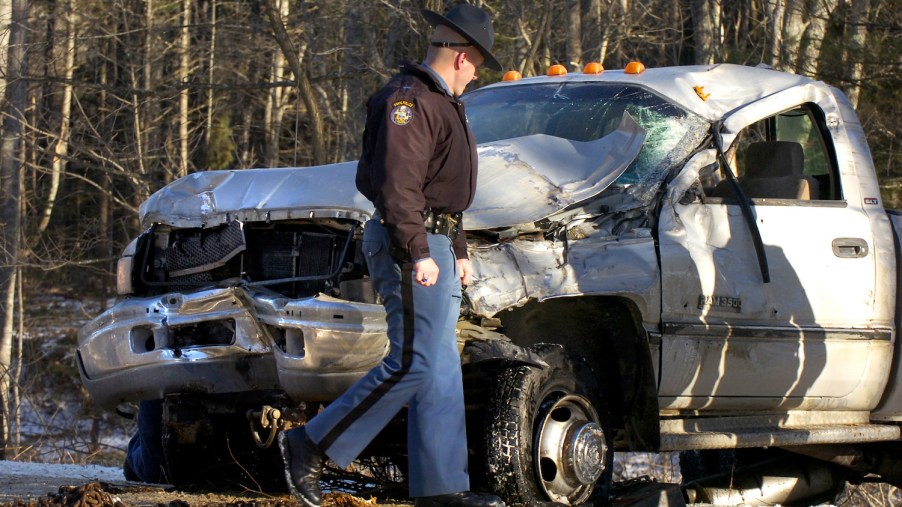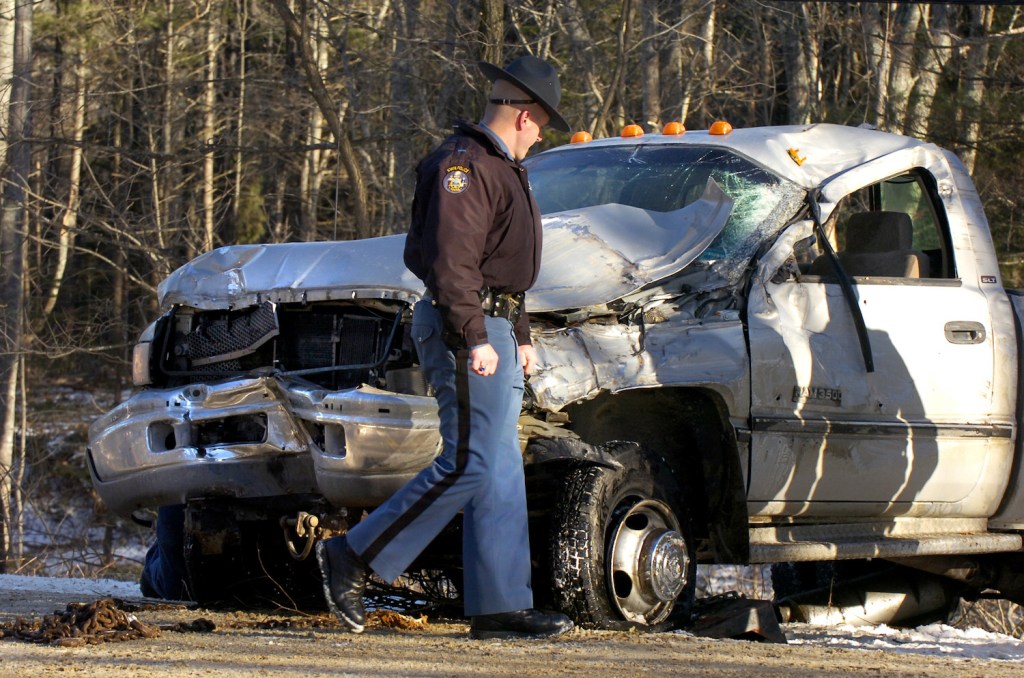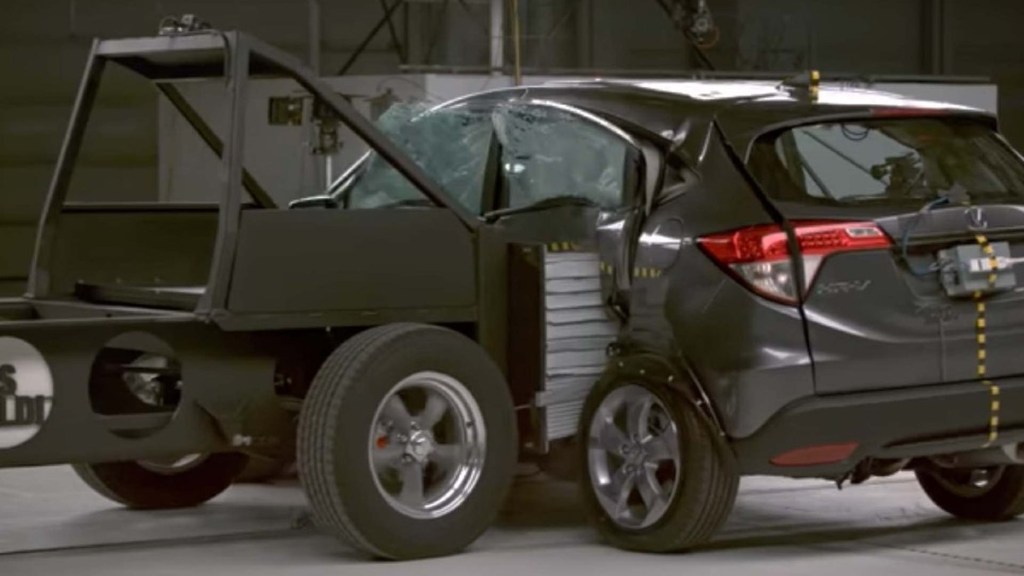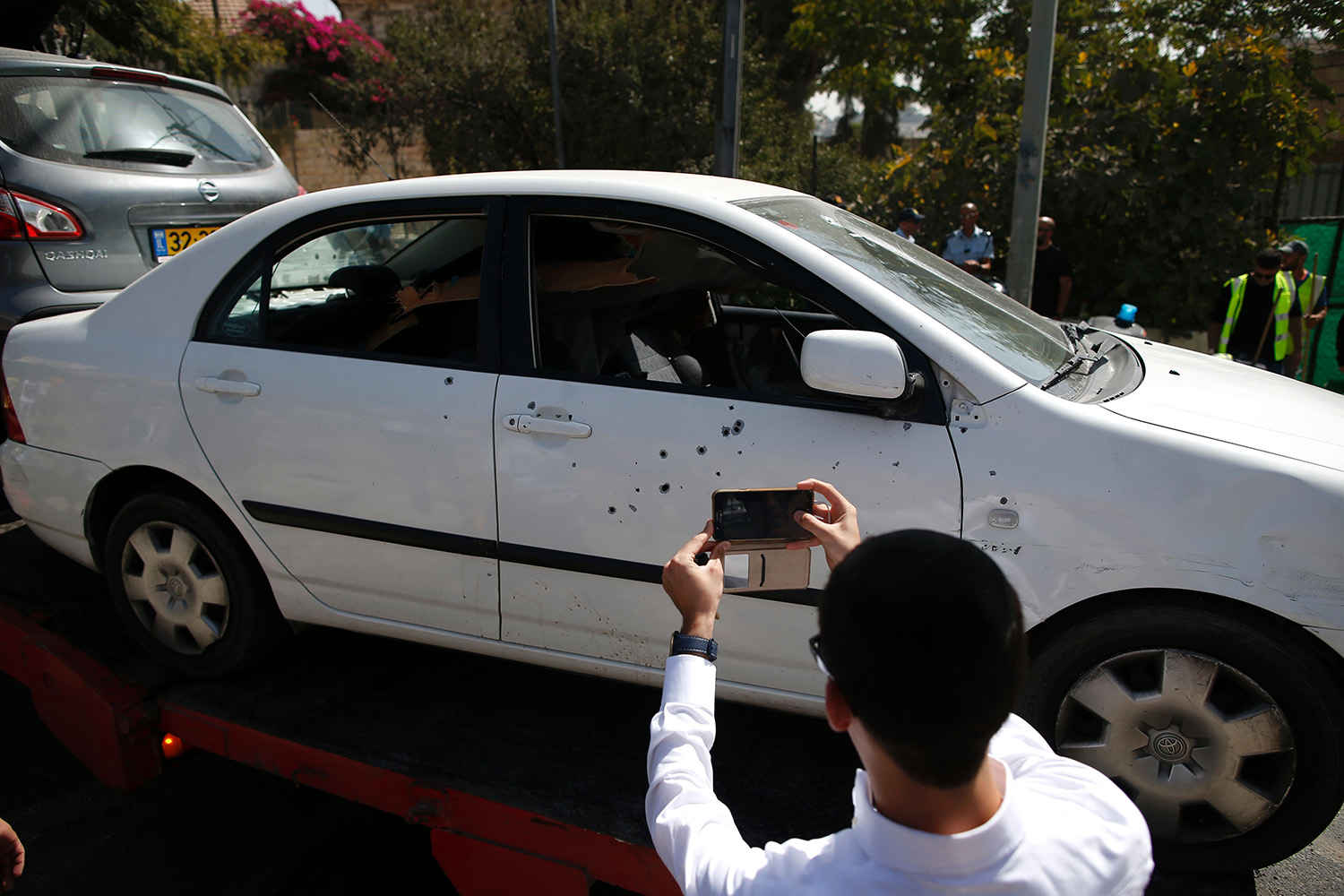
Hit by an Uninsured Driver? Follow These 5 Steps
Car accidents are never fun. However, they can be especially unfavorable if one party is uninsured, especially if they are at fault. If you find yourself in an unfortunate situation where an uninsured driver has hit you, keep these things in mind to make the best of the situation that you can.
Call the police

American Family Insurance states that the first thing you should do in the event of any car accident is calling the police. However, it’s especially imperative if the crash involves an uninsured driver. Having a police report on file can help expedite the insurance claims process, and if the driver who hit you is uninsured, you’ll want to have this info since you’ll likely have to turn to your own insurance. Furthermore, having a police report on file could be useful in future legal endeavors against an uninsured driver.
Do not accept money

Occasionally, someone who causes an accident will offer to pay for repairs or even hand you cash on-site in order to evade police involvement. This is especially common in uninsured drivers because they can face hefty fines and consequences for driving uninsured. In many states, it’s possible to lose your driver’s license for driving without insurance.
Even if it seems like the money they offer is more than enough to repair damages to your car, there may be further damage underneath that isn’t visible. Without expert involvement of a reputable repair shop, there’s no way for you to know if what they’re offering will cover the damage they’ve caused.
Gather as much information as possible

They may not have insurance information to give you, but that doesn’t mean they don’t have valuable information for you. Getting their name and phone number is a great start. Furthermore, be sure to get a note of the vehicle’s year, make, and model. It’s especially helpful to get the vehicle’s license plate number and VIN.
Furthermore, be sure to get the responding police officer’s name and badge number to correspond with the case. Finally, if any witnesses are nearby or stopped, get their information as well. Their statements can be extremely beneficial in making a claim or pursuing legal action.
Take an abundance of pictures

Fortunately, everyone has a high-quality camera in their pocket in this day and age. Use that to your advantage and take as many pictures as you can of the scene. This includes damage to your vehicle, damage to their vehicle, and the overall scene of the accident. Furthermore, taking pictures of their VIN and driver’s license is a great way to keep track of their information.
Remember, you want to gather as much proof of the situation as possible to ensure that the story is clear as day in the eyes of the law and insurance adjusters.
Call your insurance company and ivestigate your coverage
After the dust of the situation settles, get ahold of your insurer and find out what exactly is covered. Many insurance policies have underinsured/uninsured driver coverage. However, this coverage typically only covers bodily injury to passengers of the vehicle struck by an uninsured driver.
Damage done to your vehicle is typically only covered if you have collision coverage for your own vehicle on your policy. So, if you don’t have what is widely known as “full coverage” insurance, your vehicle will not be covered. Unfortunately, the only potential way to have your vehicle covered when your insurance doesn’t cover it is to pursue legal action against the uninsured driver.
If your insurance does cover your vehicle, though, having all of the details and photos you took at the scene, as well as the police report, will help make the insurance claims process rapid.
Nobody wants to be involved in an accident. Unfortunately, it happens all the time. So, if you’re involved in an accident with an uninsured driver, be sure to keep these steps in mind. It can definitely be a stressful situation, but it’s best to remain calm and keep all this information in mind.



